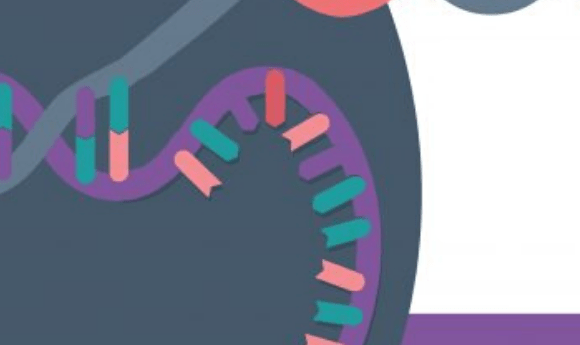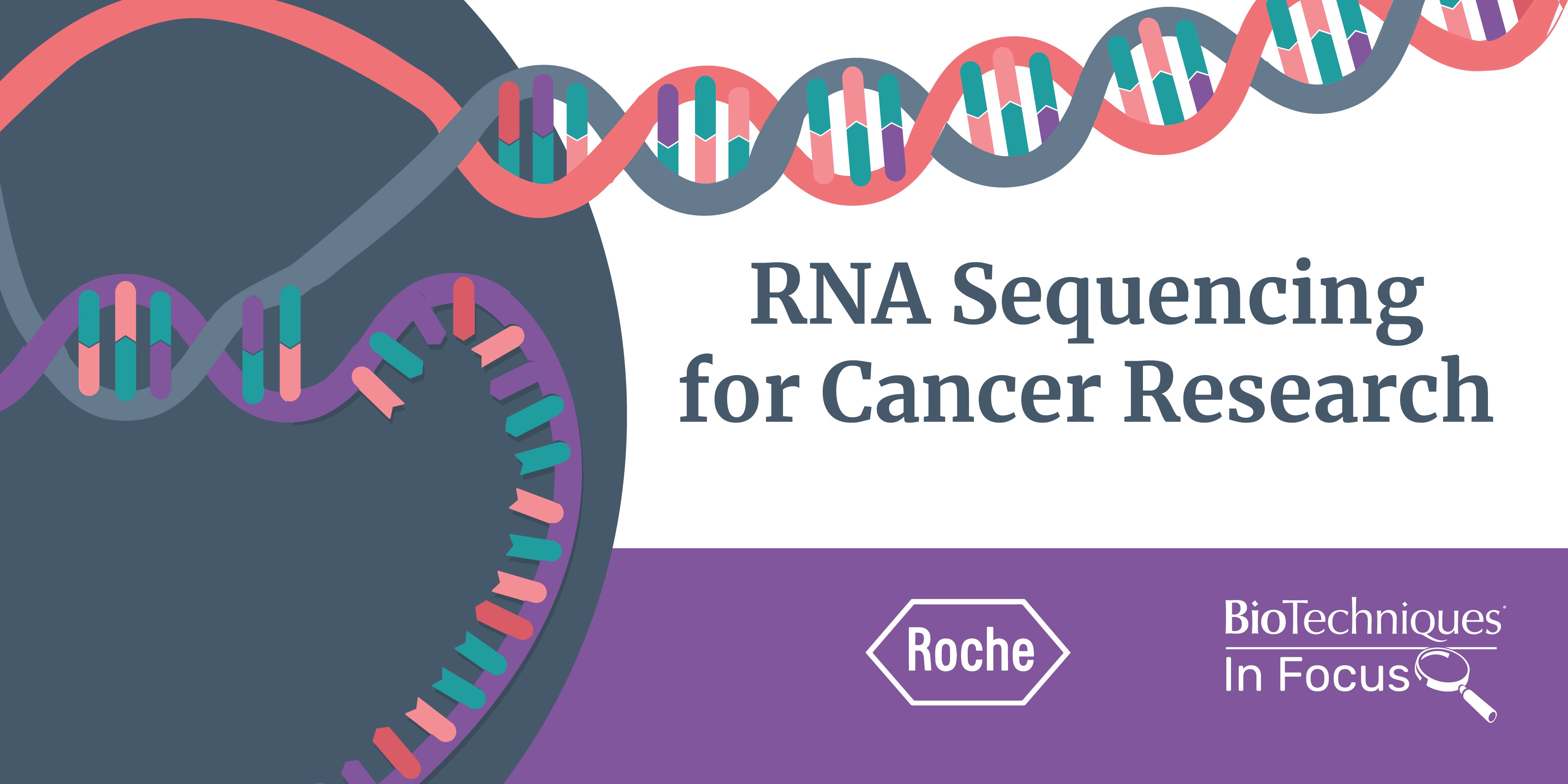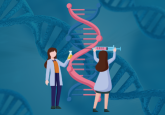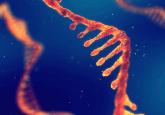RNA sequencing library preparation and construction

Here, we answer some FAQs about RNA-seq and RNA sequencing libraries.
What is RNA sequencing?
RNA sequencing (RNA-seq) is a tool used to study the transcriptome – the total RNA molecules present in one or a collection of cells, including protein coding RNAs (mRNA) and regulatory or non-coding RNAs (miRNA, tRNA etc.). This approach is an example of next-generation sequencing (NGS).
How does RNA-seq work?
All RNA-seq experiments follow a similar protocol, the key steps are outlined below:
- Isolate total RNA from the sample of interest.
- Purify to enrich for mRNAs, microRNAs etc. if a specific type of RNA is to be profiled.
- Prepare the RNA sequencing library.
- Sequence using next-generation sequencing platforms.
- Analyze the resultant short-read sequences.
 RNA Sequencing for Cancer Research
RNA Sequencing for Cancer Research
Catch up on all the content from our In Focus on RNA Sequencing for Cancer Research
What is an RNA sequencing library?
In all RNA-seq experiments, a library of cDNA fragments attached to adapters must be synthesized in order for sequencing to be successful.
How do you prepare an RNA sequencing library?
This tends to be specific to the platform that is being used for sequencing, and many companies will offer a library preparation kit.
You will need to consider reverse transcription of RNA and cDNA synthesis, PCR amplification and whether or not to preserve strandedness. The adaptor sequences that will be specific to the sequencing platform must also be added to the end of the fragments.
Some useful resources on how to prepare an RNA-seq/ cDNA library can be found on these published open access articles from the BMC Genomics journal:
A comparative analysis of library prep approaches for sequencing low input translatome samples.
What are the advantages of RNA-seq?
Prior to the invention of RNA-seq, gene expression microarrays were used to analyze the transcriptome. Now, with the invention of NGS, RNA-seq has many benefits over gene expression arrays, including:
- The ability to be applied to any species, even if a reference genome is not available. Microarrays are limited to organisms with sequenced genomes due to the requirement of species-specific probes.
- A lower price per sample in most cases.
- It can capture both known and novel features. Microarray analysis can only detect known transcripts, leaving RNA-seq as the superior technology for detection of novel transcripts, SNPs or other alterations.
- A broader dynamic range with increased sensitivity and specificity.
- Elimination of issues with nonspecific and cross-hybridization that can commonly occur with microarrays.
- Quantifiable data, compared to microarray data, which can only ever provide values that are relative to other signals detected on the array.
- Low background signal as the cDNA sequences can be mapped to specific regions on the genome.
All these benefits lead to the general consensus that RNA-seq offers a more accurate read mapping.
What are the applications of RNA-seq?
There is a plethora of reasons why researchers might want to use RNA-seq, which range from finding previously undetected changes that occur in disease states to assessing therapeutic responses. Some of the key applications of mRNA-seq include:
- Alternative splicing. Splice variants can be identified as exon/intron boundaries are examined by long read or paired end sequencing.
- Mutation detection.
- Identification of fusion transcripts. Gene fusions are rearrangements present in cancerous cells that can disrupt tumor suppressor genes or activate proto-oncogenes.
- Detecting and measuring gene expression levels.
- Single-cell transcriptomics.
- Transcript isoforms.
mRNA sequencing accounts for approximately 90% of all RNA-based sequencing applications. However, RNA-seq can also be used for a number of other applications. These include the detection of post-transcription modifications, RNA-protein interactions, RNA structure and transcription events.





